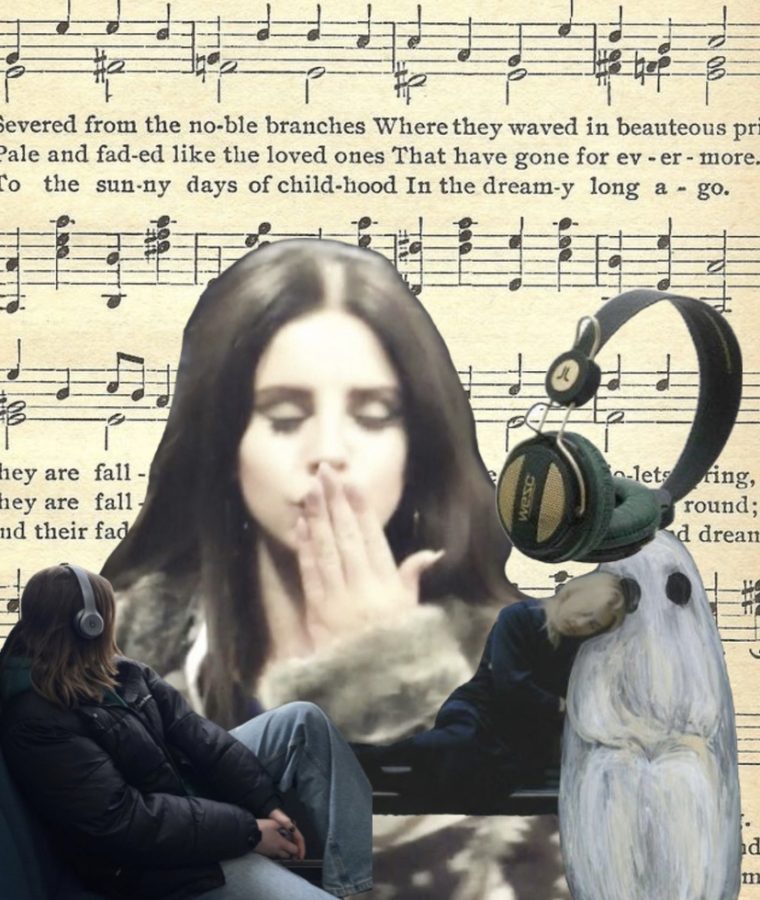“Sad girl autumn”; the pandemic of romanticization
Romanticization of sadness is extremely damaging
“Sad girl autumn” (SGA), “Hot girl summer’s” melancholy twin, is a phrase commonly spread along social media. It entails outfits consisting mainly of blacks and grays, along with artists such as Taylor Swift, Phoebe Bridgers, Duster and Chet Baker blasting into their “aesthetically pleasing” wired headphones. SGA imposes true issues with the romanticization of sadness.
The romanticization of sadness on social media has dated back for years. There were the Tumblr and Pinterest girls riddling their feeds with them crying, doing dangerous activities, such as smoking cigarettes and speaking heavily about their mental illnesses. A lot of posts included self-harm, eating disorders, addictions etc. However, this should not be mistaken for posting about one’s struggles in a healthy manner. The line between romanticization and speaking about struggles is not as thin as one may think.
Posting about one’s pain in a healthy manner can be freeing and eye-opening. However, pushing out, romanticizing and making ugly situations pretty, instead of giving raw experiences and coping mechanisms, is where it becomes a problem.
The newest TikTok feature allows a photo slide with any audio behind it. Many of the “aesthetic” accounts are showcasing their newest SGA photos. Although these dark and gloomy photos are very beautiful, it is showing how depression and other mental illnesses are wanted. Almost like these accounts are yearning for sadness; these accounts are somewhat manifesting horrible emotions, as if they are begging for it.
A TikToker Adrienee Kvaka, going by the username “lilaclaurels,” spoke up on this topic herself, and she was proving the points in this article exactly.
“I know it’s still the middle of summer, but I know deep in my heart it’s going to be another SGA. It’s inevitable, so I’m not going to fight it; I’m going to try to romanticize it,” Kvaka said.
Although many truly do deal with mental illnesses, and it should not be taken lightly, these videos make these diagnoses desirable and attractive. There are images of skinny girls, with diets consisting of black coffee, almonds and cigarettes, along with conventionally attractive girls with mascara running down their face from their tears shed.
Not only do these videos make suffering look attractive, they also make a mockery of true sadness. These videos are a desperate attempt to scream for help, looking for a pity comment. Normalizing beauty in sadness is not something that needs to happen.
There is no doubt that these videos are not beautiful to the eye. In turn, one may wonder, why is suffering so beautiful? Why is there such a yearning for sadness? It may be a way the human brain finds peace. One submerging themselves into the old patterns of sadness begins to feel almost euphoric. The contradiction between pleasure and pain is not as strong as one believes.



